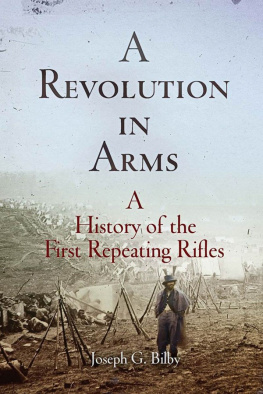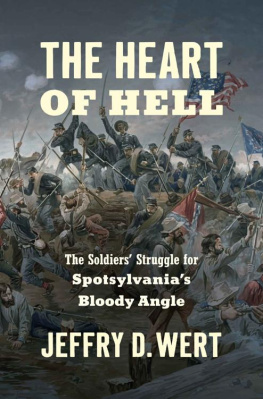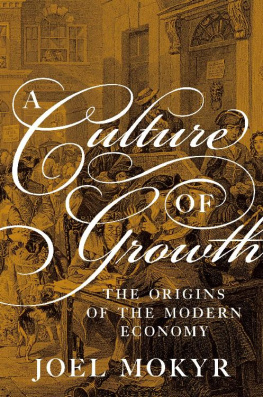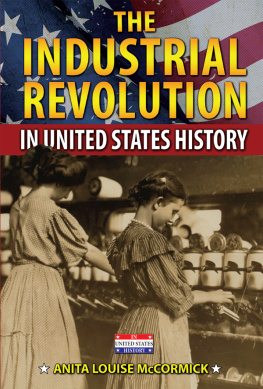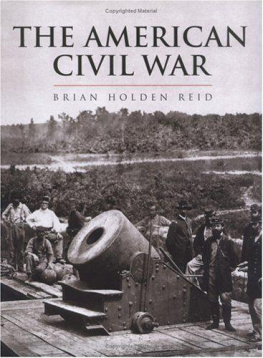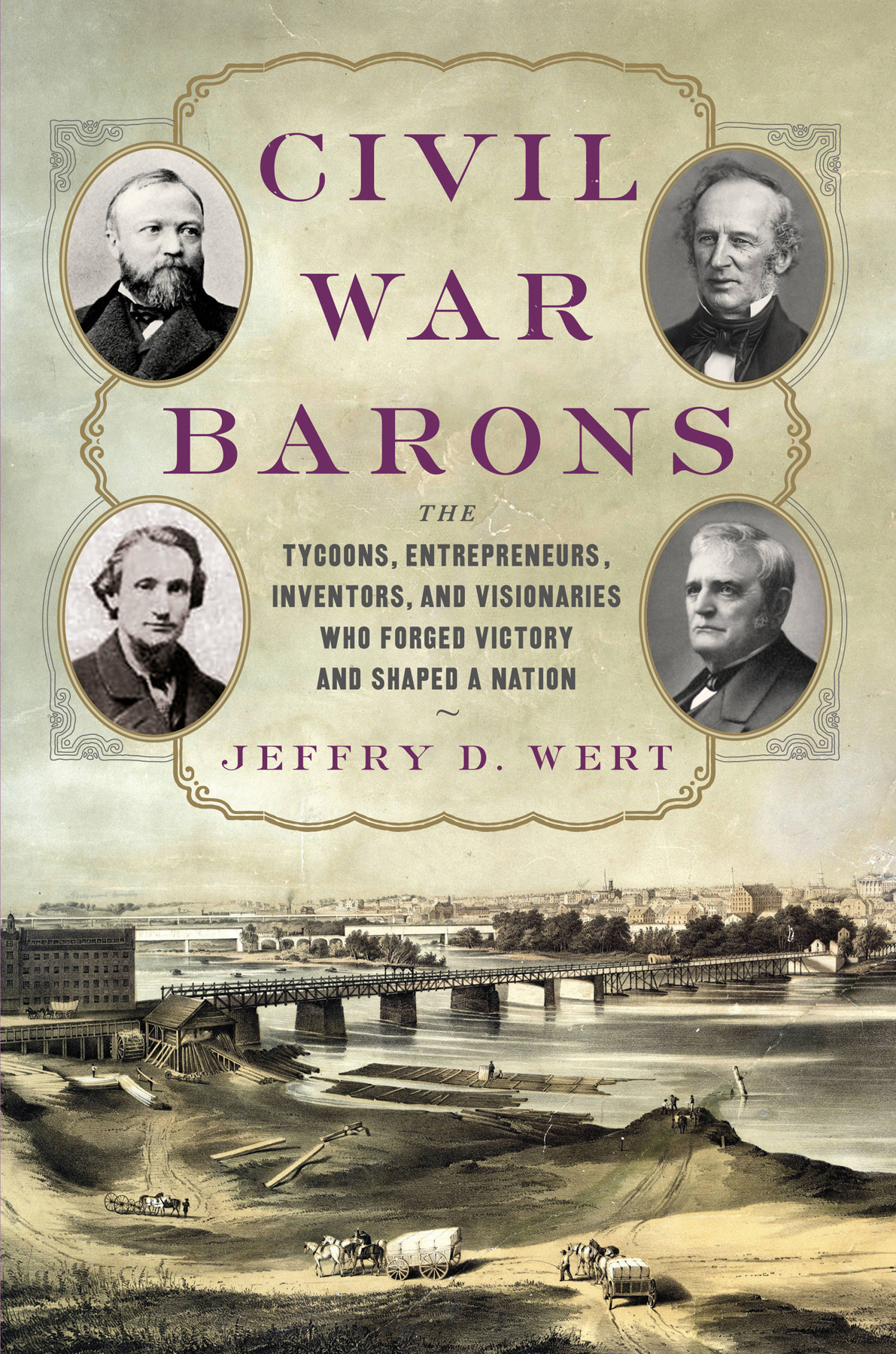Copyright 2018 by Jeffry D. Wert
Hachette Book Group supports the right to free expression and the value of copyright. The purpose of copyright is to encourage writers and artists to produce the creative works that enrich our culture.
The scanning, uploading, and distribution of this book without permission is a theft of the authors intellectual property. If you would like permission to use material from the book (other than for review purposes), please contact permissions@hbgusa.com. Thank you for your support of the authors rights.
Published by Da Capo Press, an imprint of Perseus Books, LLC, a subsidiary of Hachette Book Group, Inc. The Da Capo Press name and logo is a trademark of the Hachette Book Group.
The Hachette Speakers Bureau provides a wide range of authors for speaking events. To find out more, go to www.hachettespeakersbureau.com or call (866) 376-6591.
The publisher is not responsible for websites (or their content) that are not owned by the publisher.
Library of Congress Cataloging-in-Publication Data has been applied for.
A S THE SECESSION CRISIS DEEPENED IN THE WINTER OF 18601861, William T. Sherman penned a letter warning Southerners of the consequences of a possible civil conflict brought on by their acts. In it, the former army officer stated: You are rushing into a war with one of the most powerful, ingeniously mechanical and determined people on earthright at your doors. If your people would but stop and think, they must see that in the end you will surely fail.
Shermans words and similar predictions went unheeded in the descent into the bloodbath of the Civil War. After the attack on Fort Sumter on April 12, 1861, both sections embraced the whirlwind. Northerners suddenly confronted a formidable challenge of conquering fellow Americans in the Confederate States of America, a vast region of 750,000 square miles. The preservation of the Union required a mobilization of manpower and resources on an unprecedented scale.
The Union militarys demands unleashed the agricultural and industrial might of the North, from New England west to Minnesota and beyond. The region had been undergoing a transportation and industrial transformation during the antebellum decades. Fort Sumter awakened an economic giant.
The federal government and private enterprises in the North created an organization that linked the resources of the home front to the conduct of military operations and campaigns. In the end, after four years of fighting, this combination achieved victory. Military power and a capitalistic economy waged the struggle against the redoubtable Confederates, which ended at Appomattox.
The administration in Washington, DC, depended on private business in mustering the regions natural and man-made resources. Firms, large and small, produced the war materiel that made Union forces the best armed and best equipped, arguably, in the world at that time. American businessmen and workers met the challenges of an unparalleled undertaking.
This book chronicles the accomplishments of nineteen of these businessmen. Undoubtedly, this is an eclectic group, inclusion in which rests solely with me. They were administrators, inventors, dreamers, tinkers, organizers, entrepreneurs, investors, patriots, builders, improvisers, and a visionary. Their contributions to the Union war effort varied in size and importance. Some of them contributed directly, whereas others supplied materiel. All of them were remarkable individuals in their era and, most likely, would be in ours.
Some of these men are not familiar to most Americans todayHenry Burden, Jay Cooke, James B. Eads, Abram Hewitt, Collis P. Huntington, Gordon McKay, Robert P. Parrott, Thomas A. Scott, Christopher M. Spencer, and J. Edgar Thomson. Others, however, are well known to millions of contemporary Americans because of their creations or their wealthPhilip D. Armour, Gail Borden Jr., Andrew Carnegie, John Deere, Cyrus McCormick, Edward Squibb, the Studebaker brothers, Cornelius Vanderbilt, and Frederick Weyerhaeuser.
The common factor that links them was the Civil War. Unquestionably, each man was affected uniquely by the conflict, but each man has a fascinating story to be told. Some of them have been the subject of singular biographies, and others have received far less historical attention. My book is the first to combine their stories, set amid Americas greatest saga, into one account. Their individual achievements during the four-year struggle left a legacy that has endured even until today.
As always, my book has benefited from the gracious assistance of others. All errors of omission and commission are entirely mine.
The following individuals merit my particular gratitude and recognition:
Rachel Ornstein, Director of Administration, and her staff and volunteers, Putnam History Museum, Cold Spring, New York, for their assistance and graciousness in researching West Point Foundry.
Michelle Tom, Librarian/Archivist, Windsor Historical Society, Windsor, Connecticut, for her kindness and cooperation in providing me material on Christopher Spencer.
Gregory Gill of the New Jersey State Archives, Trenton, for assisting me in securing pertinent copies of the Ringwood Manor Papers.
Dr. Thomas Carroll of Troy, New York, for giving leads on sources related to Henry Burden.
Dr. Joseph Whitehorne, a fellow historian, for providing me with important contacts related to Henry Burden.
Dr. Clarence Geier, Emeritus Professor of Anthropology at James Madison University, Harrisonburg, Virginia, for the encouragement and for educating me about horseshoes.
Childs Burden of Middleburg, Virginia, great-grandson of Henry Burden and staunch Civil War preservationist, for his advice and contacts on his ancestors company.
Nicholas Picerno Sr. of New Market, Virginia, a dear family friend and devoted Civil War preservationist and collector, for his advice and assistance with research material.
Amber Morris, project editor, and Christina Palaia, copyeditor, for their excellent efforts on my behalf.
Don Fehr, my agent, for endorsing the idea of my book and for his counsel.
Bob Pigeon, my editor, for believing in my work.
Our familyour son, Jason Wert; our daughter-in-law, Kathy Wert; our grandchildren, Rachel and Gabriel Wert; our daughter, Natalie Wert Corman; our son-in-law, Grant Cormanfor all that truly matters in life and for their love and support.
My wife, Gloria, who has been with me through all these years of research and writing and who has typed every page, found my mistakes, offered advice, and has been my best friend and cherished love. For all these reasons and for so much more, this book is dedicated.
Jeffry D. Wert
February 2018
A UGUSTE L AUGEL ARRIVED IN N EW Y ORK IN S EPTEMBER 1864. A French professor and author, he had crossed the Atlantic Ocean to visit both the military front and the Northern home front. A perceptive observer, Laugel kept a diary during his eight months in the divided, war-torn country.




